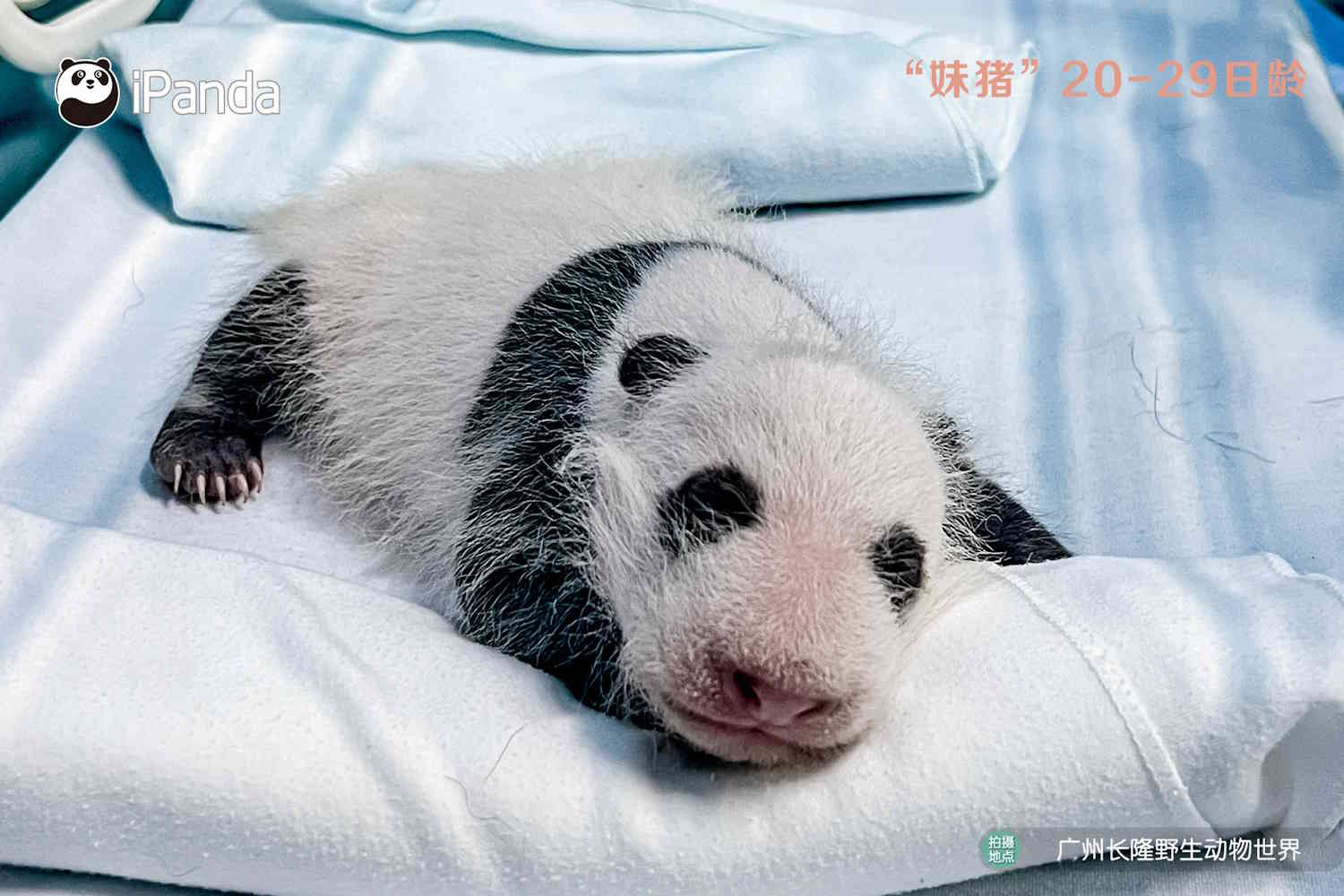What lies behind the conservation of pandas, the emblematic animals of China and transformed by the authorities into an unscrupulous business? A new investigation reveals this, retracing the history of these iconic mammals between lights and shadows

@iPanda/Facebook
We often see the love of specialists taken care of with much love and introduced to the public for their disarmingly cute appearance. The first thing that comes to our minds when thinking about pandas is the image of a caretaker holding an adorable cub in his or her arms.
That photo could be that famous photo taken from Chengdu Research Base of Giant Panda Breeding; it is the major center in Sichuan province to research and breed giant pandas along with other rare animals.
Hence, even zoos that dye dogs to look like pandas in this part of China and beyond are funded by the Chinese government to research and breed the country’s national symbol. But what does that involve beyond sweet images of panda cubs? Not always clear to the public.
I am already a big kid and have learned to be photogenic. (Mei Zhu)#CCRCGP #PandaPic #HowGiantPandasGrowUpFor more panda information, please check out: https://en.ipanda.com
Posted by iPanda on Sunday, September 29, 2024
The “panda factory” was recently put in the spotlight in an investigation carried out by The New York Times, with exclusive material obtained from the archives of the Smithsonian Institution.
The New York Times opens a window onto the darker side of such conservation programs by interviewing people close to the Chengdu center or directly involved in the research of pandas:.
Because since the late 1990s, China has initiated projects to study panda biology and behavior and take measures to counter the species’ decline in the wild. So breeding is one of the methods taken to do it, but what kind of breeding in the panda base?
It is not quite as it seems, and it was only after New York Times reporters waded through many dismal pages of documents that this came to a head.
Performance of rectal electroejaculation in males to forcibly reproduce using artificial insemination carries risks from anesthesia; in Japan in 2010, there was even the shocking case of a panda dying during an electroejaculation procedure.
And this is not the only revelation to emerge from this Pandora’s box-or rather, panda’s box. It emerged that such schemes may well have nothing to do with reintroducing pandas into the wild but rather transferring them to zoos.
This, in fact, had already been somewhat obvious from the very policy on so-called “panda diplomacy” of China. The pandas have been an asset, a means to make firm positions for China’s influence and further strengthen international cooperation.
This would be a prime example with the many numbers of pandas that have been lent to a variety of different zoos around the world and then return to China once their “contracts” are up. It puts a very different spin on the conserved campaign that has been promoted-revealing a much more complex, sometimes not-so-transparent, tale.
Happy 10th birthday to panda triplets Meng Meng, Shuai Shuai and Ku Ku! Chimelong Safari Park prepared fancy birthday…
Posted by iPanda on Monday, July 29, 2024
Source: New York Times
